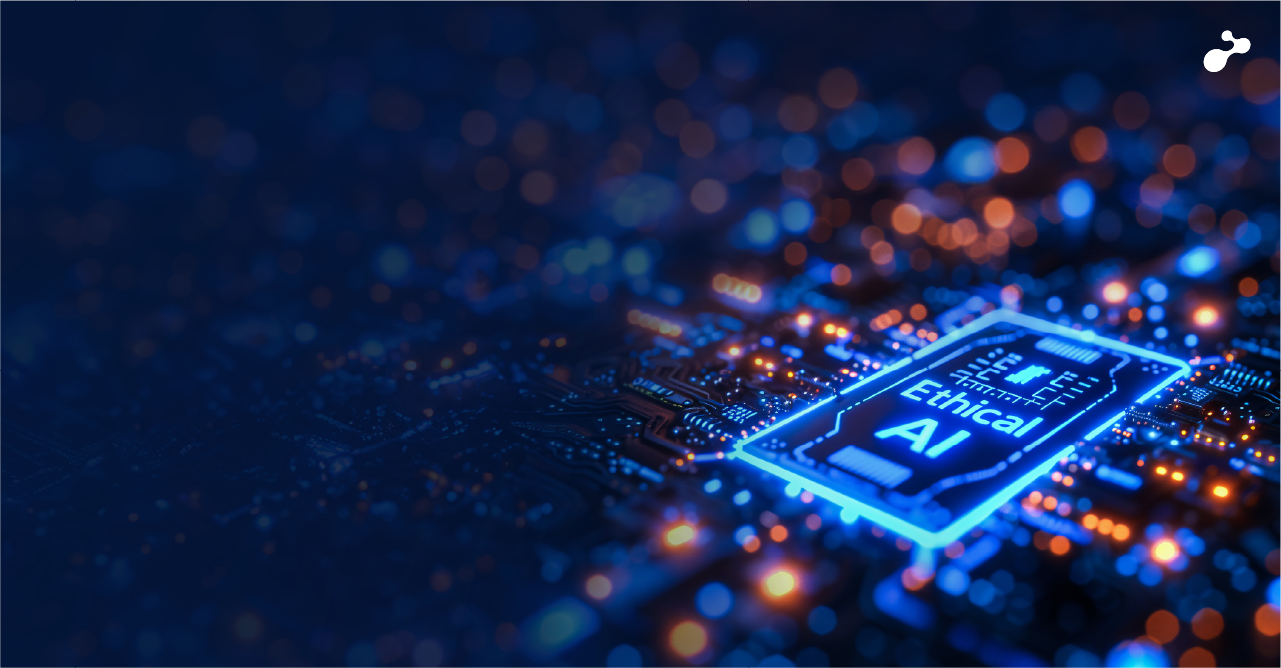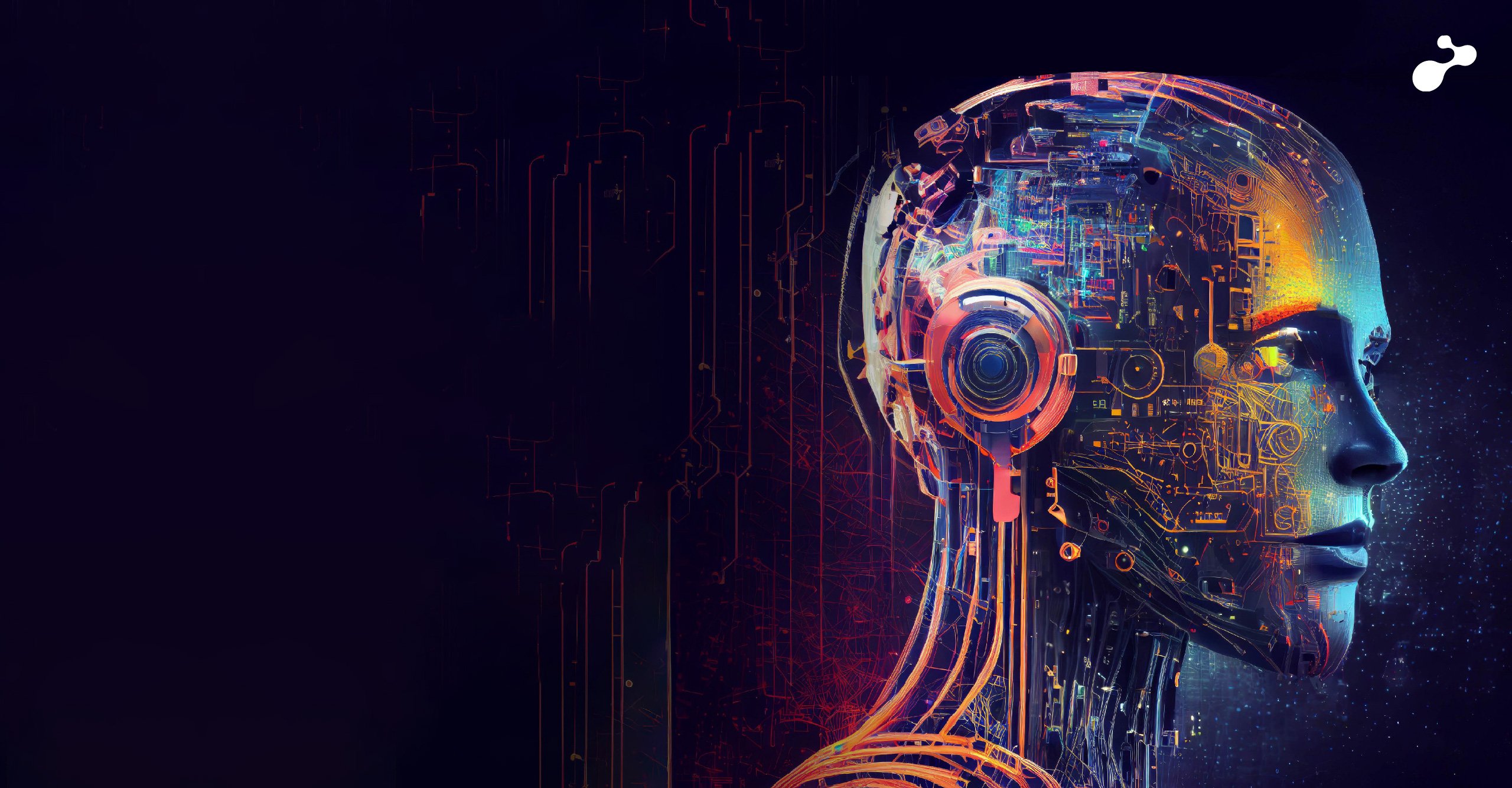In times of uncertainty, technology has always stood the test of time while having undergone strategic shifts to match market demands. In the course of the last year, businesses and industries have changed significantly, and digital transformation has made an impact on every business process in some way. Digital is poised to make an even greater impact in the year to come, helping organizations deliver experiences like none before.
Most experts and analysts have predicted several key trends that will change the way we do business today and the integral role digital will play. If we were to further break this down, here are the 3 key technology initiatives – AI, Telehealth and Hyperautomation, that we see changing the technology landscape. Organizations today are creating a combination of digital and human efforts in order to automate and simplify workflows, processes and tasks. This brings in added complexity and, most often, bottlenecks in performing and reassigning tasks along the way.
Managing and finding the right mix of human and digital is the challenge most organizations are facing. Managing various stakeholders, interdependent workflows, and execution time bring in added complexity and often bottlenecks in performing and reassigning tasks along the way. Therefore, the need now is to empower technology to add value to their organization and drive efficiencies which brings us to the 1st key initiative that we see playing a major role; the use of AI and Automation in driving operational efficiencies. The use of AI and machine learning is no longer restricted to automating processes and dislodging humans. AI is also being leveraged to introduce efficiencies in the process, using data-driven predictions and analysis to optimize operations. The next AI evolution will be about using organizational data and information to create efficient workflows that help users identify critical tasks and allocate them to the right resource. AI can create efficient workflows to allocate tasks and actions to humans as well as bots, ensuring efficiency and creating an end-to-end understanding of the business process. e-Zest has created Acti-on AI (pronounced as Action), an event-driven, flow-based action engine that generates and distributes specific and personalized tasks to users. The Acti-on engine uses AI-based automation and workflows to dynamically distribute tasks, create event-driven triggers and provide a 100% audit trail while providing pre-built integrations to work with existing systems.
The pandemic posed enormous challenges for the healthcare sector, and these situations have propelled several innovations in the industry. One such innovation has been the rapid evolution and adoption of 'Telehealth', our 2nd initiative. The increased regulations and need to provide faster and efficient healthcare while complying with social distancing norms forced healthcare to adopt Telehealth or remote healthcare services. Telehealth's flexibility and efficiency are proving to be a gamechanger in the healthcare industry, driving a surge in its use in several healthcare segments. From healthcare pharma, payers, PBM, providers or healthcare ISVs, we can clearly see technology playing a vital role in the healthcare industry. With patients and the healthcare practitioners using Telehealth, digital transformation in healthcare will only continue, adding more efficiencies and creating more affordable healthcare for all.
The third key technology driver is focused on enabling businesses to make use of multiple advanced technologies to drive higher efficiencies and increase output. Since the pandemic, the pace of digitization has accelerated, leading businesses to adopt automation and emerging technologies in several business areas. This has paved the way for the next phase of automation, termed 'hyperautomation'. In a nutshell, hyperautomation expands on the capabilities of existing technologies such as Robotic Process Automation (RPA), Artificial Intelligence (AI), Analytics and Process Mining to facilitate improved efficiency, simplify processes and make data-driven decision-making a reality for organizations. It fundamentally leverages RPA at its core to automate and streamline existing processes. Along with RPA, it uses AI, process mining and analytics for enhancing existing processes. This combination aims to perform complex and manual tasks, improve efficiency, and collaborate with humans for better outcomes. Hyperautomation is not just a new technology trend; it fundamentally focuses on leveraging emerging technologies as a single well-thought-out unit, creating avenues for higher growth. It introduces business process automation with collaborative intelligence, enabling the enterprise to go beyond traditional RPA and achieve further efficiencies and simplification.
In summary, the trends and emerging technologies that we have adopted through the pandemic are not just quick fixes but will have a long-term impact on our business processes. The world, as we know it, is changing rapidly. But defining the future is our focus and our ability to utilize technology to improve business outcomes and enhance existing processes.









